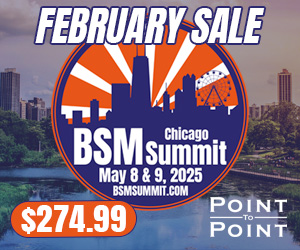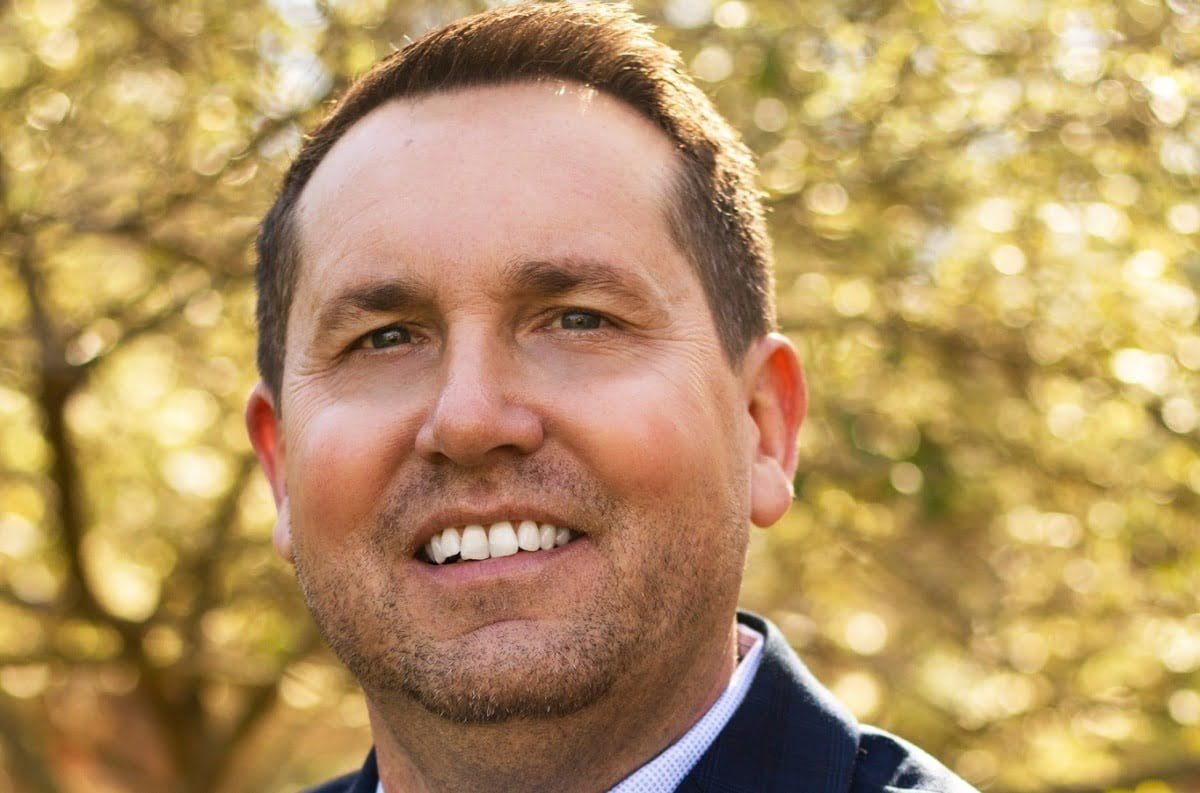As the “Worldwide Leader in Sports,” ESPN continues to pioneer the future of sports event production through its partnership with various properties, including the National Football League, National Basketball Association and Major League Baseball. The decades-old staple of the entertainment and sports industry plans to amplify its coverage of Major League Baseball All-Star Week in a contemporary, progressive manner not yet seen in sports television.
According to the network, it will “provide expansive coverage of the 2021 MLB All-Star festivities from July 11-13 in Denver,” including the first round of the 2021 Major League Baseball Draft, the Home Run Derby and the All-Star Celebrity Softball Game.
The Major League Baseball Draft was exclusively presented on MLB Network beginning in 2009 when Los Angeles Angels’ outfielder and American League all-star starter Mike Trout was taken with the 25th pick in the first round. Since then, the MLB Draft has grown into an event that interests baseball fanatics, and has become an opportune time for other events to be cross-promoted. ESPN and MLB Network simulcast the Draft for the first time in 2020, with the event taking place out of ESPN’s studios in Bristol. For the first time in its history, the Major League Baseball Draft will take place during Major League Baseball All-Star Week, after plans to hold it in conjunction with the College World Series in Omaha fell through due to health and safety concerns associated with the COVID-19 pandemic.
“We had already been pushing to add simultaneous coverage of the Draft with MLB Network,” said Phil Orlins, who serves as the senior coordinating producer of Major League Baseball, Little League and College Baseball for ESPN. “When the draft happened around early July last year, we were super eager to do it because, at that time, we didn’t have many live sports. We wanted to do it again this year, but it’s just not in the construction of our deal with Major League Baseball. I think we were fairly confident that it would work out, [as] it optimizes the visibility of the event for [both] ESPN and MLB Network to cover it.”
When Major League Baseball made the decision to move 2021 All-Star festivities from Atlanta to Denver in early April, logistical challenges were presented to Orlins and his team, who generally start preparing for these slate of events in the early autumn of the previous year. Unlike Truist Park in Atlanta, Coors Field in Denver does not have a connecting venue with the capability to host the Draft, coercing the network to find alternate ways to transmit the event from the new venue, the Bellco Theatre, to the ballpark, venues that are 1.4 miles away from each other.
The move also impacted the planning of the Home Run Derby, an event that has engendered much interest since its inception in 1985. While the original nine-month timetable was quickly compressed down to three due to the decision by the league to relocate the festivities, Orlins knew that his team would be able to handle the challenge.
“We’ve been doing this for a lot of years,” said Orlins. “[The move] caused a little bit of extra urgency and speed to the work, [but] I don’t think it has any real impact as to how the event will be covered.”
Orlins produced the first Home Run Derby broadcast on television in 1993, in which Seattle Mariners superstar and National Baseball Hall of Fame member Ken Griffey, Jr., crushed a home run off of the B&O Warehouse at Oriole Park at Camden Yards in Baltimore. Originally a 30-minute taped show, the veteran producer considers the impact he had in the event’s evolution as one of the signature moments of his career.
“I remember back in the day the seats were free for fans,” reminisced Orlins. “Then, it grew to a $5 charity donation per seat, and now it is a jewel event. It’s been amazing seeing that event capture the public’s fancy.”
ESPN is set to exclusively telecast the Home Run Derby on both the primary ESPN channel and ESPN-2, with each broadcast targeted for different segments of the viewing audience. The parent network, ESPN, will be taking a conventional approach, featuring a broadcast team of Karl Ravech, Eduardo Perez, Buster Olney and Marley Rivera calling the action and giving viewers an entertaining, traditional viewing experience. Conversely on ESPN-2, Jason Bennetti, Jessica Mendoza and Mike Petriello will explore the contest from an analytics-driven perspective, relying on Statcast technology to examine metrics such as launch angle, distance, exit velocity and barrel percentage to name a few, implementing them into the broadcast. This style of broadcast, which first debuted on ESPN’s coverage of Major League Baseball just prior to the turn of the century, is designed for the astute, perspicacious viewer, and will use graphics and groundbreaking technology to envision these data-powered metrics in an elucidatory, provocative mode.
“The pervasiveness and the capability of what Major League Baseball has been able to do through Statcast is unbelievable,” affirmed Orlins. “We felt [this broadcast] was a chance to more aggressively-serve… diehards who absorb sports and want all the information in every way [it can be presented]… without alienating more casual viewers.”
Since the Home Run Derby began its utilization of an alternative presentation in 2018, the network has watched the proliferation of its viability, and plans to take the broadcast to new heights this year. Even though the Major League Baseball All-Star Game will be exclusively broadcast on Fox as normal, the networks will share equipment to ensure that both their broadcasts eclipse the status quo.
“We have a really aggressive plan to differentiate the visual coverage of the at-bats with significant augmented reality,” said Orlins. “I think it’s going to be a very futuristic look.”
Despite the network planning to display advanced renderings and interpretations of sports data into the broadcast, the top priority remains showing the viewer each pitch as it happens, along with giving viewers unrivaled access to the field, players and spectators. With these concomitant objectives, broadcasting the event to serve all of them was something that presented a challenge to ESPN prior to the advent of the split-screen coverage box.
“We keep a pretty comfortable portrait-style type shot of the batter and pitcher, and we [have an approximately] 4 x 3 coverage box on the right side of the screen,” explained Orlins. “We have a constant shot of the pitch and the swing on one side, and we’re able to track the balls and reactions on the bigger box on the other side. Until we made that move, we were just in an uphill battle at all times; in the worst-case scenario, pitches were being thrown before home runs were landing. There’s a comfort in never losing track of when the pitch is coming.”
Something different from previous years, however, is the highly-saturated marketplace that exists for live sports. The Home Run Derby, usually a showcase, professional sporting event leading up to the Midsummer Classic, has to compete with the N.B.A. Finals between the Milwaukee Bucks and the Phoenix Suns, along with the buildup towards the 2020 Tokyo Olympics, which are set to begin later this month after a year-long delay. These premium events notwithstanding do not take away from the appeal of the Home Run Derby, as the setting for this year’s event is the high-altitude Coors Field, which, on average, yields the longest home run distances out of any ballpark in the major leagues. Moreover, its showcase participant is the man who is being called the closest thing to Babe Ruth since, well, Babe Ruth himself: the Los Angeles Angels’ two-way phenom, Shohei Ohtani.
“I can’t believe I’m actually saying this,” expressed Orlins, “but the Babe Ruth comparisons actually almost fall short at this point because, while Ruth was an excellent pitcher and the greatest hitter of all-time, he really never did them both at the same time to this degree, and he certainly wasn’t being measured on Statcast either. [Ohtani] is going to be the number one seed, [and] he’s positioned to bat in the spot that will lead our audience to there. I think there is a mystique and intrigue as to what will happen.”
The rest of the field for the Home Run Derby, which includes New York Mets’ slugger and reigning event-champion Pete Alonso, Texas Rangers’ outfielder Joey Gallo and the prolific Washington Nationals’ all-star Juan Soto, is sure to generate peak ratings and cultivate feats worthy of awe and incredulousness among fans and analysts alike.
“We promote the event extremely-aggressively,” said Orlins. “We are very fortunate to have one of the strongest possible promotional stand-out elements of the event, which is holding a home-run hitting contest at a high altitude.”
Following the Home Run Derby, ESPN will feature the All-Star Celebrity Softball Game, which will be broadcast by father-son duo Tim and Jeff Kurkjian. The event will feature notable celebrities including The Miz, Kane Brown, JoJo Siwa and Quavo, along with athletes Larry Walker, Jenny Finch and CC Sabathia.
“It’s an event that probably takes 75 minutes in the ballpark,” Orlins explained, “but gets cut down to about 46 minutes on television. The main thing is [being[ fun and clever [about] things to do with the various participants [at an] aggressive-pace. It’s how you quickly, effectively trim it down, making your commentary make sense when you are trying to eliminate all of the balls not swung at.”
Lastly, on Tuesday night, Jon “Boog” Sciambi and Chris Singleton will be on the call for the Major League Baseball All-Star Gameon ESPN Radio, the 23rd year it has been the national radio home for the midsummer classic. Additionally, Sciambi and Singleton will provide listeners with all the action from the Home Run Derby on the air Monday night.
ESPN’s multimedia coverage of the Major League Baseball All-Star festivities is also available to be streamed on the ESPN App, and will be the first Major League Baseball All-Star Week to occur since July 2019.
Derek Futterman is an associate editor and sports media reporter for Barrett Media. Additionally, he has worked in a broad array of roles in multimedia production – including on live game broadcasts and audiovisual platforms – and in digital content development and management. He previously interned for Paramount within Showtime Networks, wrote for the Long Island Herald and served as lead sports producer at NY2C. To get in touch, email Derek@BarrettMedia.com or find him on X @derekfutterman.









